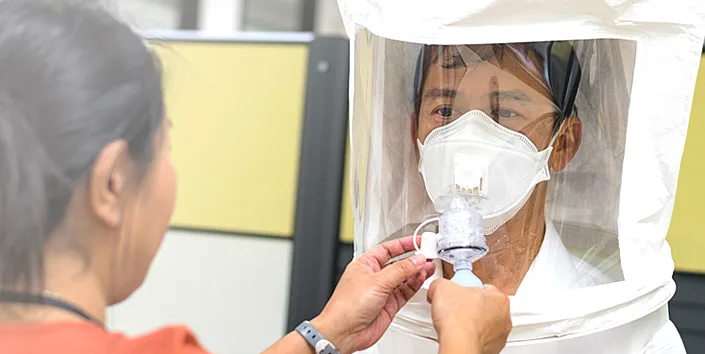Alert
WSPS.ca will be temporarily unavailable on May 8 from 5:30pm - 7:30pm for scheduled maintenance.
How We Help
Training & Certifications
Consulting
Small Business Centre
Agriculture & Horticulture Safety Centre
WSIB Health & Safety Excellence program
Awareness Sessions
WSPS Member Benefits
Health & Safety Awareness Presentation
Health & Safety: Resources & Tools
The Business Case for Safety
Workplace Hazards
Health & Safety Topics
Sector-Specific Health & Safety
Research
Resource Hub
Your Roles & Responsibilities
Understanding the Legislation
Developing a H&S Policy & Program
Investigating Complaints
Inspections & Investigations
Frequently Asked Questions

